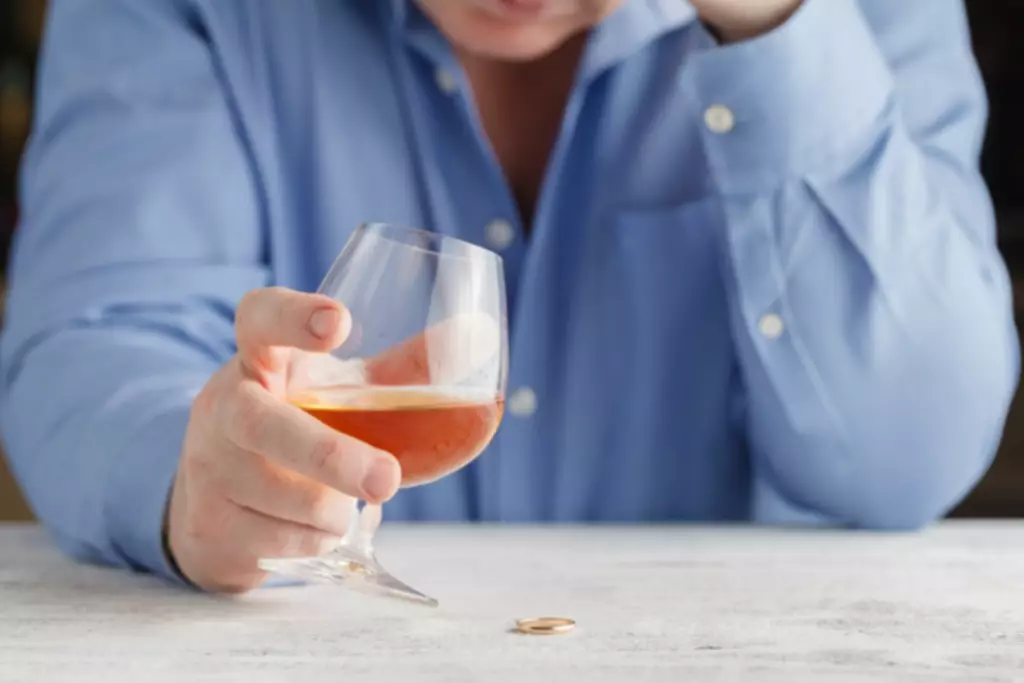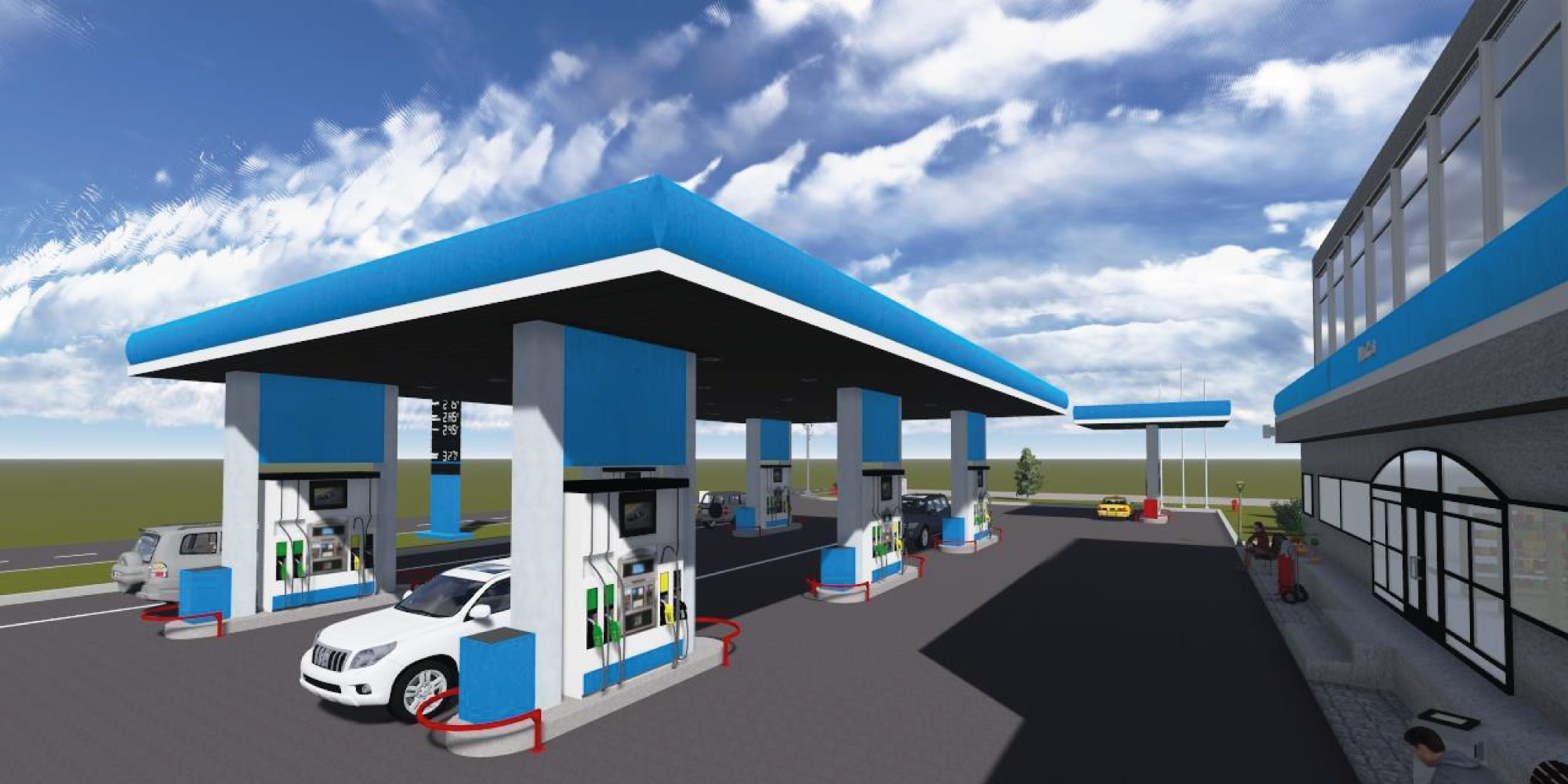Learning How to Socialize Without Alcohol
Content
Each of our houses contains beach cruisers, kayaks, boogie boards, and surfboards that residents can use. Having fun at a beach or some other outdoor location is an easy sober activity to continue doing in the real world. These examples are programmatically compiled from various online sources to illustrate current usage of the word ‘halfway house.’ Any opinions expressed in the examples do not represent those of Merriam-Webster or its editors. While some sober living homes break down the phases of sober living, there are three major phases of sober living in Michigan. Some of the activities listed below give an insight into what happens in a halfway house.
- Staff members may offer counseling, therapy, and other services to help residents address the underlying issues that led to their addiction or mental health issues.
- In this article, we will explore the differences between sober living homes and halfway houses in more detail.
- Kent State University has engaged Everspring, a leading provider of education and technology services, to support select aspects of program delivery.
- Sober living homes have staff members responsible for enforcing these rules to ensure the environment is free of drugs and the individuals are not tempted to relapse.
A team of staff at the RRC determines whether an individual is “appropriate“4 to move to the second, less restrictive component of RRC residency. Even in this second “pre-release” stage, individuals must make a detailed itinerary every day, subject to RRC staff approval. Not only are residents’ schedules surveilled, their travel routes are subject to review as well.
Recreational Activities
The claims are compounded by the fact that most clients in these facilities hardly differentiate life in prisons and that accorded by halfway facilities (Caputo 54). Halfway facilities achieve this goal through providing humane treatment to the clients (Alarid 107). Apart from offering clinical therapy, halfway facilities facilitate the provision of psychological therapy to both criminal offenders and addicts of drugs and alcohol. Psychologists argue that mental pressures can push people to offending or consuming alcohol and other drugs (Bhugra 113).
Halfway houses are residential treatment facilities designed to provide a transitional path for people between prison, addiction, or domestic abuse and their reentry into society as healing, reforming, productive citizens. Beginning with houses to help poor and homeless https://ecosoberhouse.com/ people in the early 19th century, halfway houses have evolved into safe havens for people to learn basic life skills and personal responsibility. It provides a supportive and structured environment for individuals who have recently completed a rehabilitation program.
Women’s Halfway Houses in New Hampshire
Residents of halfway houses have described deeply inadequate sanitation and disease prevention on top of the lack of social distancing. In the now-defunct Hope Village in Washington, D.C., residents reported packed dining halls, makeshift PPE, and restricted access to cleaning products and sanitation supplies. In a Facebook video, a resident described “6 to 8 people” leaving Hope Village daily in an ambulance. Improper management and inadequate oversight of halfway houses also enables inequities in the reentry process. Journalists have revealed how, when individuals are required to have a halfway house lined up in order to be released on parole, they can encounter lengthy waitlists due to inadequate bed space, forcing them to remain in prison.
What defines a story and a half house?
What's a 1.5 story home? A 1.5 story home is a 1 story home with a partial second floor added to allow for more space. A 1.5 story home can be a great way to “meet in the middle” and get the best of both worlds.
Substance abuse and addiction recovery are two of the primary reasons for the existence of halfway houses. People live there while overcoming drug or alcohol addictions, usually after they have completed treatment programs at another facility. They receive counseling, job and educational assistance, training in basic life skills, food, and shelter. https://ecosoberhouse.com/article/what-difference-between-a-sober-house-and-a-halfway-house/ A sober living home, also known as a sober house or halfway house, is a transitional living facility designed to support individuals in their recovery from drug and alcohol addiction. The goal of a sober living home is to provide a safe and supportive environment that encourages sobriety and helps residents transition back into their regular lives.
Behind-the-scenes before Amazon Prime Day
In most cases, they can choose not to attend a halfway house and rather finish their sentence in prison, but very few take this option. In some cases, spending time in a halfway house will be a condition of a prisoner’s probation. In this article, we will be focusing primarily on prison halfway houses intended for the rehabilitation of criminals.

New patients are admitted in individual rooms providing one-to-one services and programming. As they become more independent, the dorms become bigger so that by the time the patient leaves, they are living in the 50–100-person dorm described above. If you enjoy attending church, you can even make friends and join some of your church’s sober activities. For example, you can become a member of the church choir or the women’s or men’s bible study.
It’s always helpful to have a strong support system in place when you are trying to get sober or need to maintain your sobriety. When you are struggling, having trusted individuals that you can turn to without judgment can make all the difference. Kent State University has engaged Everspring, a leading provider of education and technology services, to support select aspects of program delivery. At the start of the 21st century, correctional populations reached record levels and were continuing to increase, and institutional overcrowding became epidemic in some jurisdictions. Punishment applied with certainty, swiftness, and proportionate severity, it was believed, would deter offenders from further criminal activities.

These rules are put in place to help residents maintain their sobriety and stay on track in their recovery. Halfway houses provide an increased sense of trust in the recovery community, as well as access to support services like counseling and vocational training. Additionally, halfway house staff are available 24/7 to provide assistance or answer any questions or concerns a resident may have. Halfway houses are often affiliated with mental health centers, addiction treatment programs and other medical facilities, so residents can receive referrals for additional resources if needed. Compared to other correctional measures incorporated in the system of criminal justice, halfway houses target a wider variety of clients. For example, these facilities offer support to parolees requiring transitional services, drug addicts, and people with mental problems among other target groups.
Furthermore, current researchers rank halfway facilities and those of incarceration as the most expensive forms of penal code across the world (Alarid 185). Reconditioning an offender to a new or his/her former community entails the standardized procedures and practices of civilized communities. As a method of rehabilitation, halfway facilities are cheaper than facilities of incarceration. Furthermore, these facilities help in decongesting prisons through redirecting some of the prisoners to the establishments (Alarid 65). With respect to human rights, halfway facilities contribute to adhering to the model of a civilized society.
- They live in a family-like environment, learning leadership and life skills, receiving counseling, and support to make positive pro-social decisions.
- The majority were operated by private, nonprofit organizations with boards of directors made up of leaders from the criminal justice, educational, and religious communities, as well as other dedicated citizens.
- A halfway house is a residential treatment facility that provides temporary housing and structured support for people who are recovering from addiction.
- Every halfway house has a substance-free policy that prohibits any residents from possessing drugs or alcohol in the house.
For instance, a community-based corrections facility might primarily house people who have been ordered to serve their full sentences at the facility, but also house some individuals who are preparing for release. In our appendix table, we attempt to break down which of those 527 facilities fall under our “halfway houses in the criminal justice system” definition, and which facilities primarily serve other purposes. Another benefit of attending a sober house is that sober houses don’t specify the amount of time that their patients can reside there.
Definition of halfway houses
Fun, sober lives that they can carry on living once they leave our community and fully re-enter the real world. Sober living homes are houses or apartments where all tenants are inactive recovery. Sober living homes are available to provide a safe environment with the structure, support, and direction that a person new in recovery needs. The self-sufficiency phase is the last step before the transition into independent living from a sober living home. This phase is when residents are ready to stand independently with minimal possibility of relapse. This stage happens when patients have stayed sober and have displayed signs of confidence in their new selves.
Further, health insurance participates in covering expenses incurred by the clients of recovery houses. In some circumstance, the requirement of subjecting a person to recovery houses arises from the judges’ decision as part of the criminal sentence (Piat 114). With reference to the acquisition of employment and housing facilities, such practices can motivate people to acquire negative behavior for them to join halfway houses for assistance. This trend is likely to occur owing to the soaring rate of unemployment and tough economic times. Most states do not release comprehensive policy on their contracted halfway houses.
Halfway Houses in the Community-Based Correction System: Issues, Challenges
One way that we help our residents master sober living is by providing them with relationships with other recovering addicts. That way all of our residents have people to call and lean on whenever they’re tempted to use substances. A sober living home is a home in an apartment-like community whose residents are all newly recovered addicts. One rule at all sober living communities is that you cannot bring any alcohol or drugs in the community under any circumstance. If you break this rule at a sober living community, you’ll likely get automatically kicked out.


 Rəsmi Saytı 202 Our Lady Of The Pillar College Cauayan – 688
Rəsmi Saytı 202 Our Lady Of The Pillar College Cauayan – 688